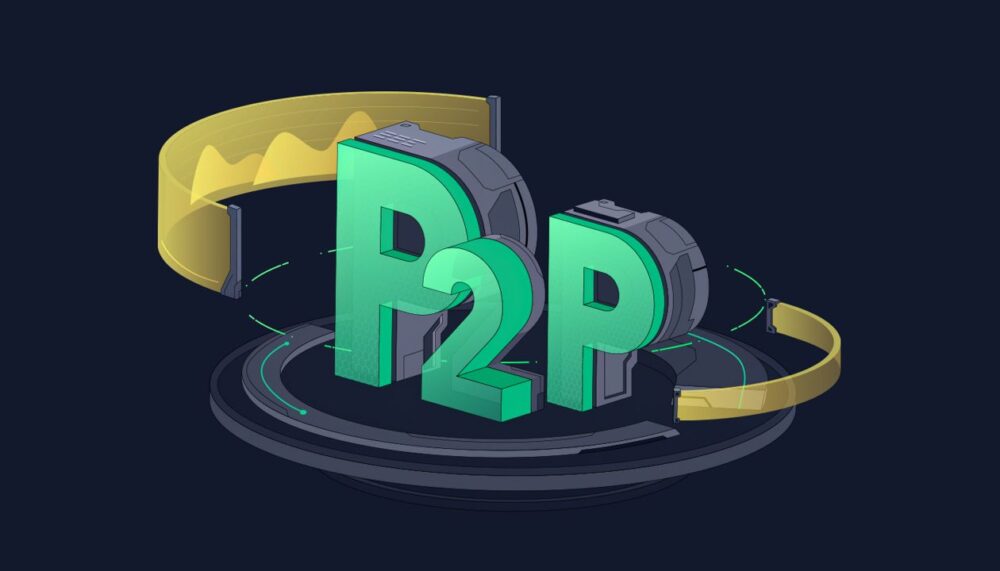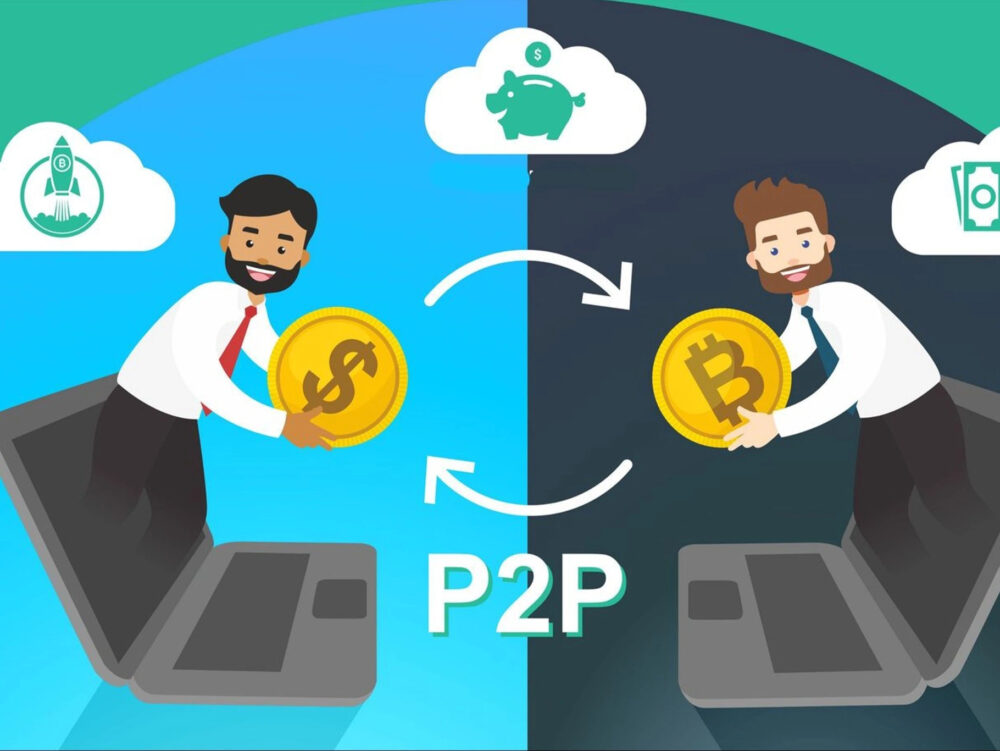P2P arbitrage is a way to make money on the difference in cryptocurrency rates between different platforms or regions. P2P (peer-to-peer) means direct interaction between users, without intermediaries such as traditional exchanges or banks. The main principle is to buy crypto at a low price on one platform and sell it at a more favorable rate on another.
The method attracts attention due to its relative simplicity and low entry barriers. P2P arbitrage is especially popular among novice investors with limited funds. However, successful operation requires consideration of many factors, including rate fluctuations, fees, and risks.

P2P Arbitrage: What Is It and How Does It Work
The principle of operation is simple: an investor looks for opportunities to buy cryptocurrency at a favorable rate on one P2P platform and then sell it at a higher price on another. For example, on one platform, Bitcoin may cost $30,000, while on another, it may be $30,500. Profit is generated from the difference between these prices, minus fees and expenses.
The working process usually involves several steps:
- Registration on P2P platforms offering suitable conditions.
- Monitoring cryptocurrency prices and rates.
- Conducting transactions, including buying and selling assets.
- Withdrawing profits or reinvesting.
It is important to understand that successful P2P arbitrage requires attention to detail and quick reaction, as rate changes can occur within minutes.
Advantages of P2P Arbitrage
Understanding what P2P arbitrage is and its advantages is basic knowledge for every investor. Here are the most obvious benefits of earning money through cryptocurrency:
- Easy entry. No large capital or specialized equipment is required to start working.
- Wide choice of platforms. There are many platforms where you can find favorable transaction conditions.
- Flexibility. Arbitrage is possible at any time since P2P platforms operate around the clock.
- Control over funds. Unlike centralized exchanges where funds are managed by the platform, P2P allows users to retain control over their assets.
Risks in P2P Arbitrage: What It Is and How to Reduce Them
To minimize risks and increase the chances of successful operation, it is necessary to follow a series of recommendations. Firstly, it is important to carefully choose platforms for work, paying attention to their reputation and level of security. The best platforms for P2P arbitrage provide transaction protection and features that minimize the risk of fraud.
Secondly, it is important to always consider fees and compare them with potential profits. This will help avoid situations where expenses exceed earnings. Finally, regular monitoring of news and market changes will allow for timely responses to rate fluctuations.
How to Make Money with P2P Arbitrage
If you are considering working with cryptocurrencies, P2P arbitrage can be a good way to make money. Start with small amounts to learn the mechanics and efficiently find profitable offers. Use multiple platforms to find the best conditions and study market behavior to determine the optimal time for transactions.
A key aspect of success is reaction speed. Price differences can be minimal, so it is important to quickly find and complete transactions. Using automated price monitoring tools can significantly streamline the process.
Arbitrage on Cryptocurrency Exchanges
In addition to P2P platforms, arbitrage is also possible on centralized cryptocurrency exchanges. The principle is similar: investors buy assets on one exchange and sell them on another, taking advantage of rate differences. However, exchanges have more restrictions: the need for verification and minimum withdrawal amounts.
Exchange arbitrage requires more capital than P2P, as rate differences may be smaller and fees higher. Nevertheless, experienced investors appreciate exchange arbitrage for its high liquidity and speed.
Platforms for P2P Arbitrage: What They Are and How to Choose the Best One
Online services allow users to trade cryptocurrencies directly with each other, bypassing traditional exchanges with their orders and order books.
Choosing the right platform is one of the key factors for success in P2P arbitrage. Modern platforms provide many tools and features that simplify the process of buying and selling cryptocurrencies. However, not all platforms are equally convenient and secure. Criteria for choosing a platform for P2P arbitrage:

- Reputation and user reviews. Before starting work, we recommend studying reviews to avoid fraudulent resources.
- Supported currencies and payment methods. The more cryptocurrencies and payment methods available, the easier it is to find profitable deals.
- Fees. It is important to consider not only trading fees but also withdrawal expenses.
- Transaction processing speed. Fast transaction processing is important for successful arbitrage, as cryptocurrency rates can change instantly.
- Protection tools. The presence of an escrow function (freezing funds until the transaction is completed) and additional verification levels minimize the risk of fraud.
Best Platforms for Earning
Let’s highlight well-known and reliable platforms for P2P arbitrage:
- Binance. Provides access to transactions with minimal fees, supports many currencies and payment methods, and offers built-in protection tools.
- LocalBitcoins. Convenient for working with bitcoins, offers a wide choice of payment methods, and ensures a high level of security.
- Paxful. Ideal for beginners due to its intuitive interface. The platform supports many currencies and allows the use of various payment methods.
Conclusion
What is cryptocurrency P2P arbitrage for the modern investor? A promising way to make money, available to both beginners and experienced market participants. Despite risks such as rate fluctuations and fraud, a thoughtful approach and careful planning can make this method profitable.

















